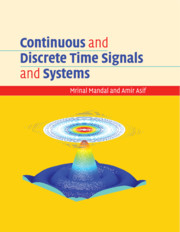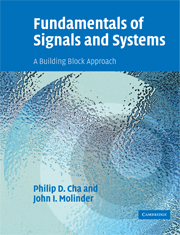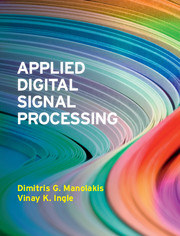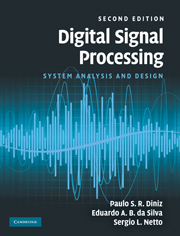Fundamentals of Signals and Systems with CD-ROM
This innovative textbook provides a solid foundation in both signal processing and systems modeling using a building block approach. The authors show how to construct signals from fundamental building blocks (or basis functions), and demonstrate a range of powerful design and simulation techniques in Matlab, recognizing that signal data are usually received in discrete samples, regardless of whether the underlying system is discrete or continuous in nature. The book begins with key concepts such as the orthogonality principle and the discrete Fourier transform. Using the building block approach as a unifying principle, the modeling, analysis and design of electrical and mechanical systems are then covered, using various real-world examples. The design of finite impulse response filters is also described in detail. Containing many worked examples, homework exercises, and a range of Matlab laboratory exercises, this is an ideal textbook for undergraduate students of engineering, computer science, physics, and other disciplines.
- Contains many exercises and worked examples
- Includes a range of laboratory exercises that illustrate key concepts at the back of the book
- Includes a CD-ROM containing MATLAB figures, utilities and data files
Reviews & endorsements
'We think the present volume represents an excellent book in the SS domain with substantial new points of view, providing a good understanding of the physical facts and of the ways to describe and simulate them.' Zentralblatt MATH
Product details
July 2006Mixed media product
9780521849661
456 pages
252 × 194 × 25 mm
1.17kg
349 b/w illus. 19 tables 117 exercises
Temporarily unavailable - available from TBC
Table of Contents
- 1. Introduction to signals and systems
- 2. Constructing signals from building blocks
- 3. Sampling and data acquisition
- 4. Lumped element modeling of mechanical systems
- 5. Lumped element modeling of electrical systems
- 6. Solution to differential equations
- 7. Input-output relationships using frequency response
- 8. Digital signal processing (DSP)
- 9. Applications
- 10. Summary
- Laboratory exercises.








